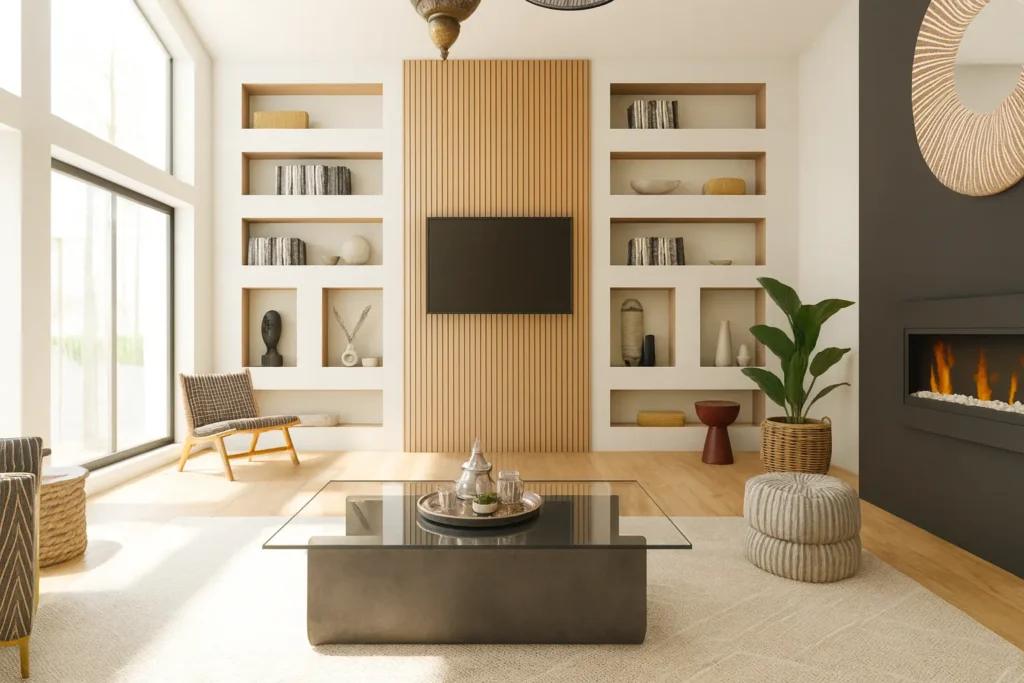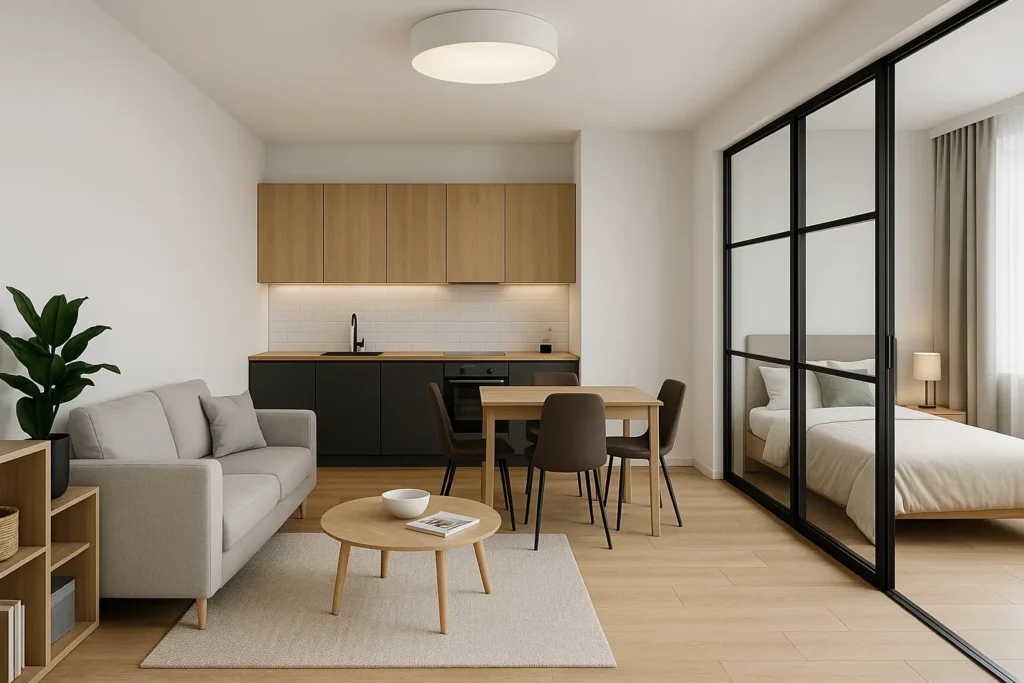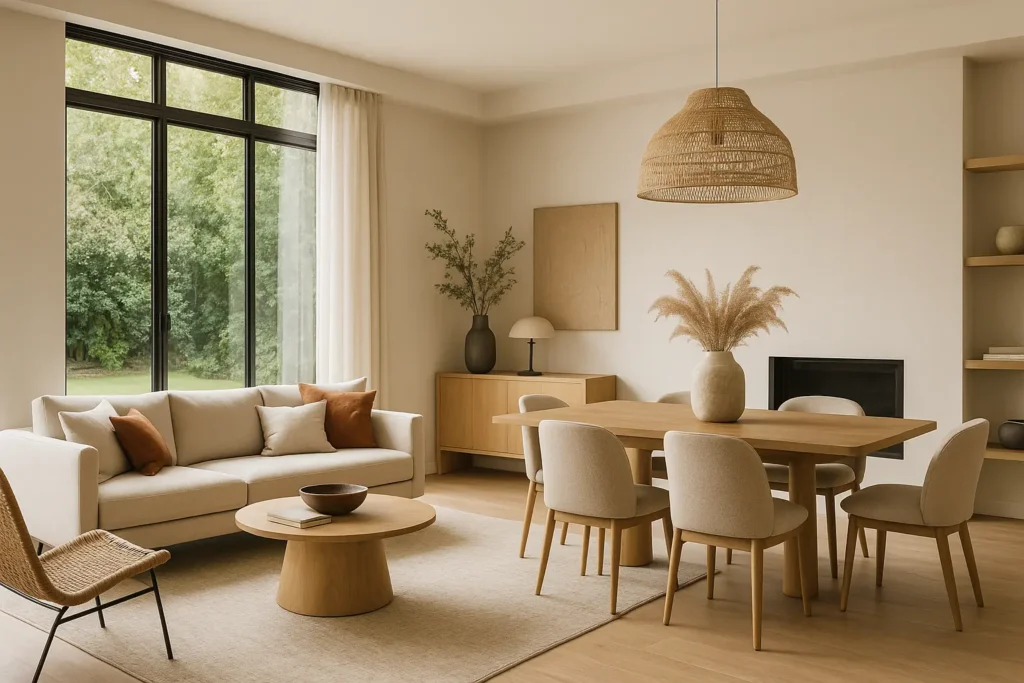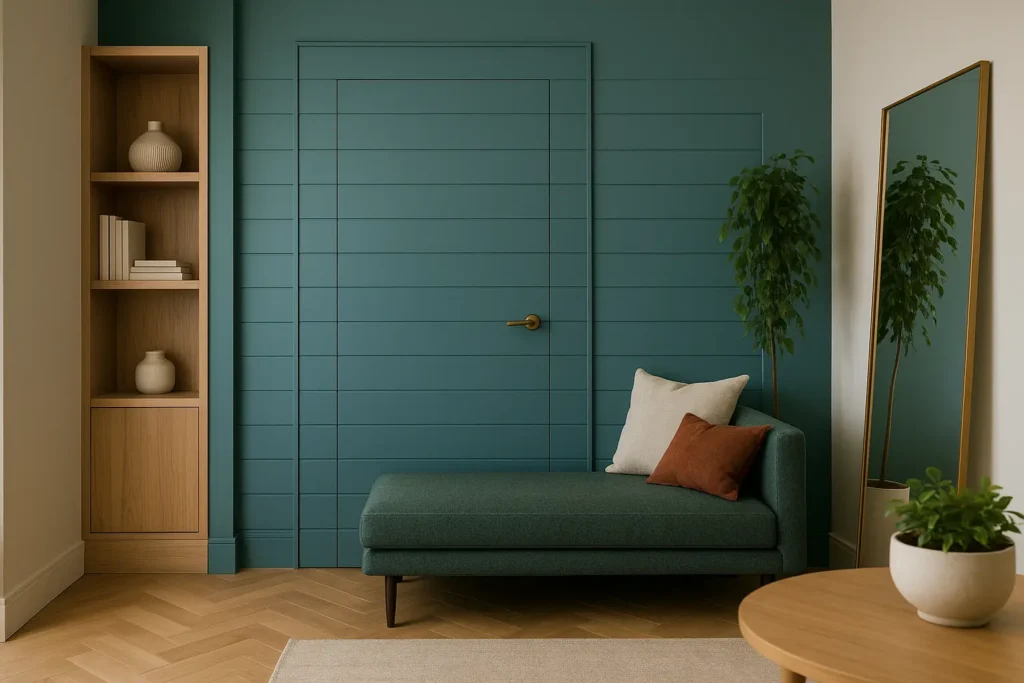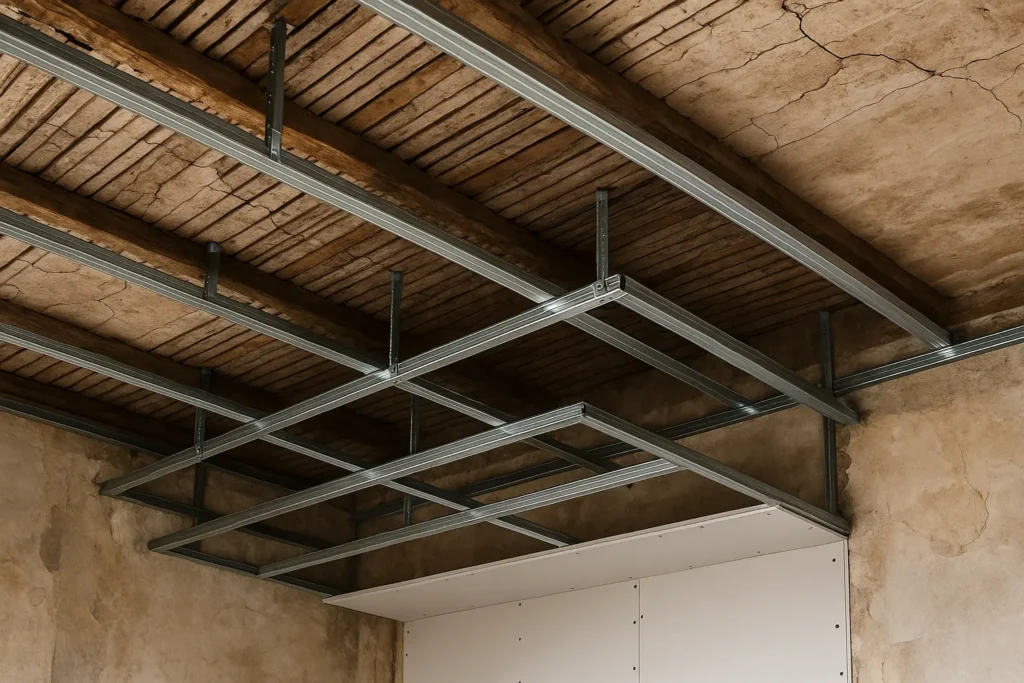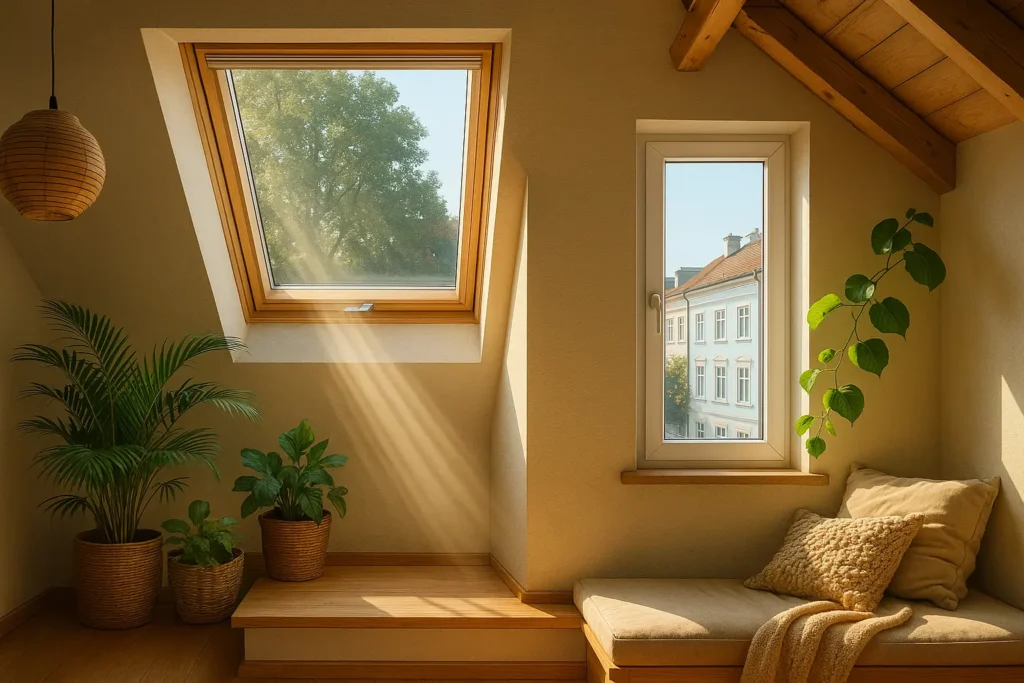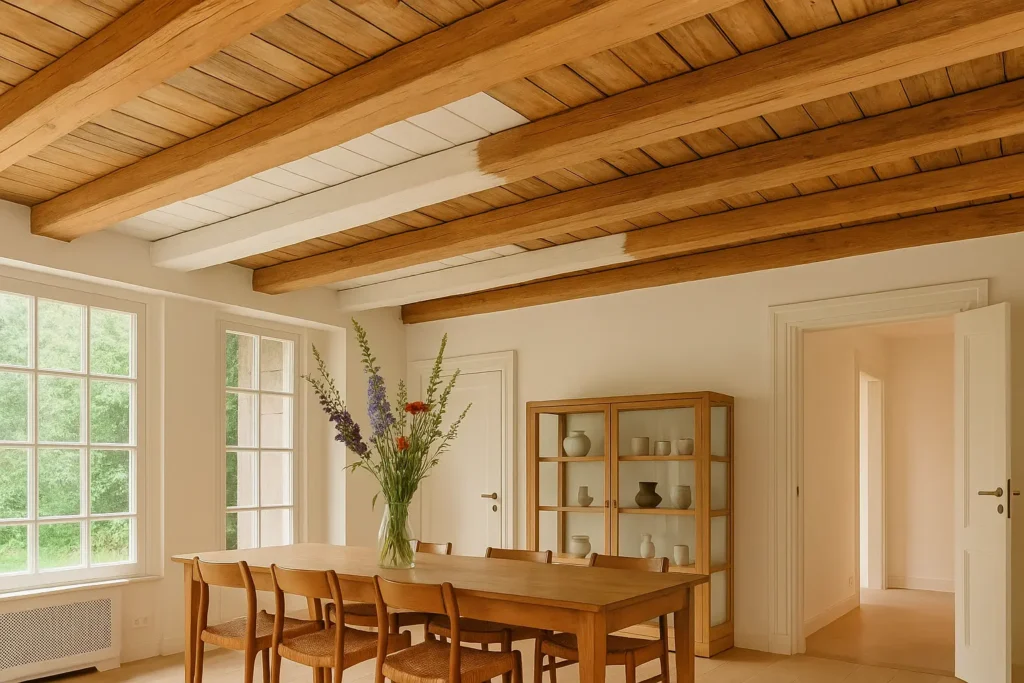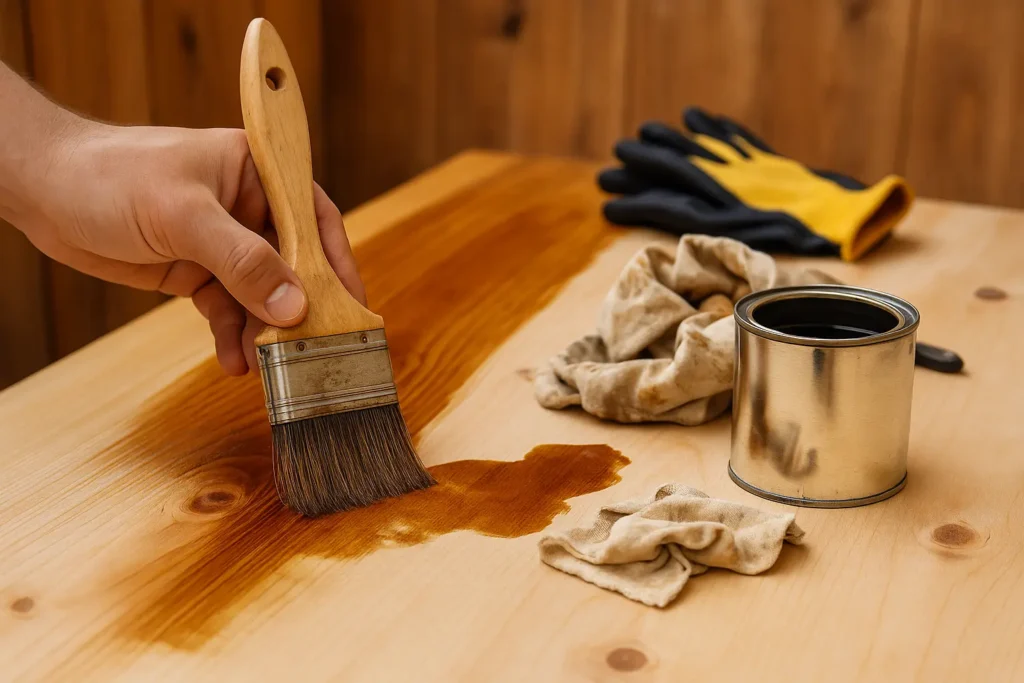Understanding the calculation of linear meter allows you to change the way you approach your interior design projects. Whether you renovate your living room Whether you're looking to optimize your bedroom space, this measurement is essential. Don't get lost between linear meters and square meters. Here's the true definition of a linear meter, how to convert linear meter to m2 how to use it in your interior.
Our article in brief:
THE linear meter is an essential measure that will allow you to succeed in your projectshome improvement and optimize your material purchases.
- THE linear meter (ml) measures only length, while the square meter combines length and width
- The conversion of linear meter in m2 follows the following formula: Area (m²) = length (ml) × width (m)
- In transport, the linear meter allows you to estimate the loading space (one ml is equivalent to 2.40 m² in a standard truck)
- For coatings, always add a safety margin from 8 to 10% to compensate for cutouts
- In archiving, this measurement quantifies the documents stored on a one-meter-long shelf
Convert linear meter to m2
In this article
What is a linear meter and how do you distinguish it from a square meter?
THE linear meter (ml) represents only a length measured in meters, without consideration for width or height. Imagine a wire stretched along a natural wooden shelf – its length alone constitutes the linear footage. Conversely, the square meter (m²) measures an area combining length and width.
This distinction is fundamental: a shelf of 3 linear meters therefore has a storage space that is very different from a 3 wall surface m2. In freight transport, we sometimes speak of " floor meter » to designate this same one-dimensional measure.
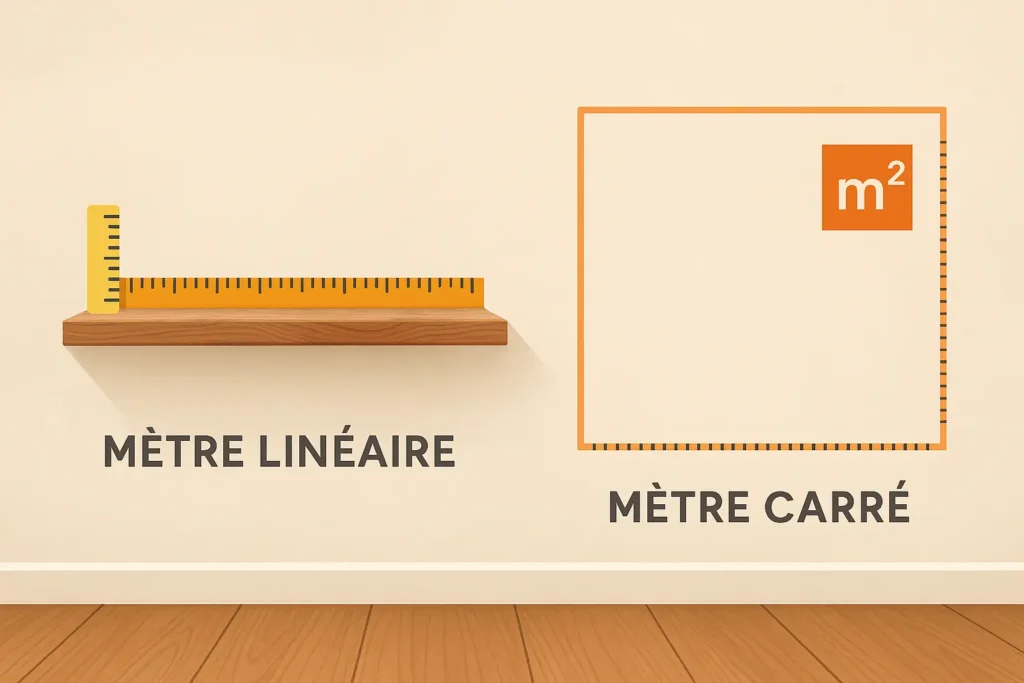
Linear measurements work well for narrow elements like wooden baseboards, bamboo curtain rods, or decorative inspired borders. Mediterranean crafts. A good understanding of this fundamental measure will allow you to accurately estimate the materials needed to transform your interior.
Conversion from linear meter to m2
Here is the basic formula to convert linear meters to m2: Area (m²) = length (ml) × width (m).
Linear meter to m2 converter
Have a conversion table to help you better understand the linear meter to square meter conversion.
| Linear meters | Width (m) | Surface area (m²) |
|---|---|---|
| 1 | 1 | 1 |
| 5 | 1.5 | 7.5 |
| 10 | 2 | 20 |
| 15 | 2.5 | 37.5 |
This conversion is therefore essential when purchasing equipment for your home.
For example, let's take an ethnic pattern wallpaper that you'd like to apply to your wall. A standard roll measuring 0.53 m wide and 10 linear meters long potentially covers 5.3 m². However, repeats and cuts can reduce this usable surface area – a very important aspect to consider for your wall decoration projects.
Practical applications of the linear meter in transport
In the transport sector, the linear meter is used to estimate, for example, the space that a load will occupy. A standard truck generally has an interior width of 2.40 meters, which means that a linear meter is equivalent to 2.40 m² of loading space.
The calculation of the linear footage of a product is carried out according to this formula: Linear meter = (length × width) ÷ 2.40 mFor example, a craft pallet of 80×120 cm occupies 0.4 linear meters (0.8 × 1.2 ÷ 2.4).
Calculation of the linear footage of a product
| Loading type | Dimensions (m) | Occupied space (ml) |
|---|---|---|
| Standard palette | 0.8 × 1.2 | 0,4 |
| Dismantled furniture | 1.2 × 1.6 | 0,8 |
| Rolled materials | 2.0 × 0.6 | 0,5 |
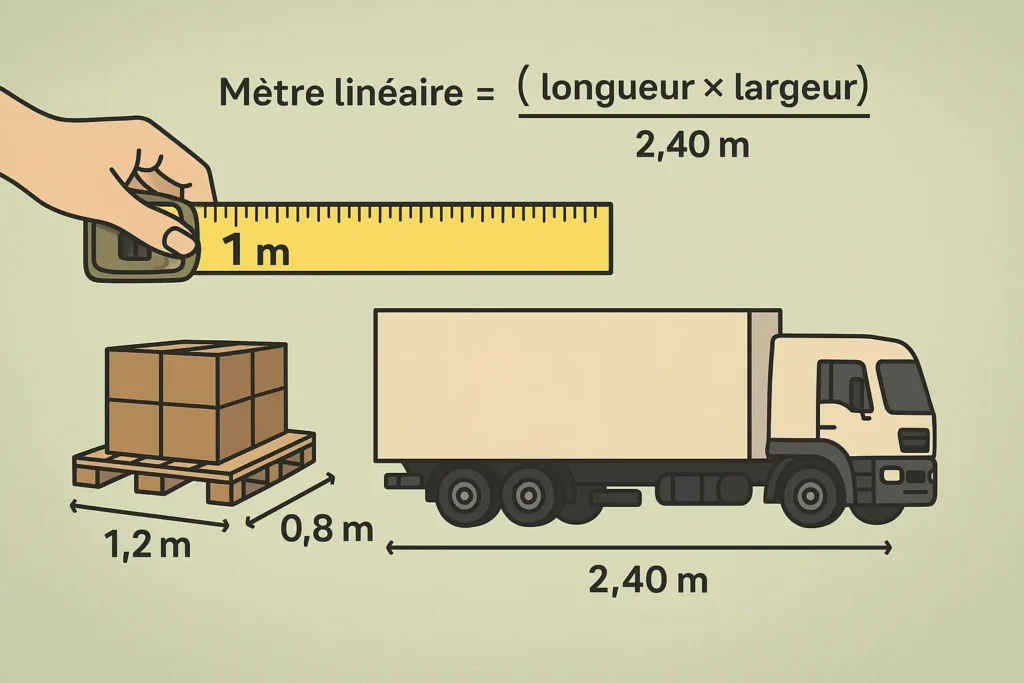
A standard semi-trailer has approximately 13.60 linear meters. To optimize space and reduce the environmental footprint of transport, strategic pallet placement and the elimination of overpackaging maximize the useful volume transported.
Calculating the linear meter for the floors and walls of your interiors
Measure the linear meter for floor coverings
To calculate the linear footage required for your flooring projects, accurately measure the length of the areas to be covered. For a 4-meter-wide roll of seagrass intended for a 20 m² room, divide the area by the width: 20 ÷ 4 = 5 linear meters required.
Always add a safety margin: 20 cm extra length for roll coverings and 8 to 10% of the total surface area for slab or plank formats. This reserve compensates for irregular cuts and potential errors, which are particularly important with natural materials that sometimes have irregular edges.
Measure the linear meter for wallpapers and fences
For wallpapers with botanical or ethnic motifs, first calculate the perimeter of the room, then divide by the width of the strip (usually 0.53 m). Take into account the ceiling height by adding an appropriate margin for any necessary repeats.
For a bamboo or wooden fence, the linear footage simply corresponds to the perimeter to be surrounded. Don't forget to count the posts, generally spaced 2.50 meters apart.
Practical tips to avoid measurement and conversion errors
To ensure the success of your design projects inspired by world crafts, a few precautions are necessary.
- Never confuse linear meters with square meters. This common mistake can turn your soothing project into a source of stress.
- Double-check your measurements before purchasing any natural materials. Walls may have irregularities that affect the calculations.
- Use dedicated apps on Google Play Or Apple Store to facilitate complex conversions, particularly for projects combining different materials.
- Always specify the unit of measurement in your notes and communications with craftsmen. This clarity avoids costly misunderstandings. For natural coverings with irregular dimensions, allow for more generous margins.
Finally, plan to optimize your purchases based on standard dimensions available on the market. This approach reduces waste and helps create a more environmentally friendly interior, in harmony with an authentic and sustainable lifestyle.
